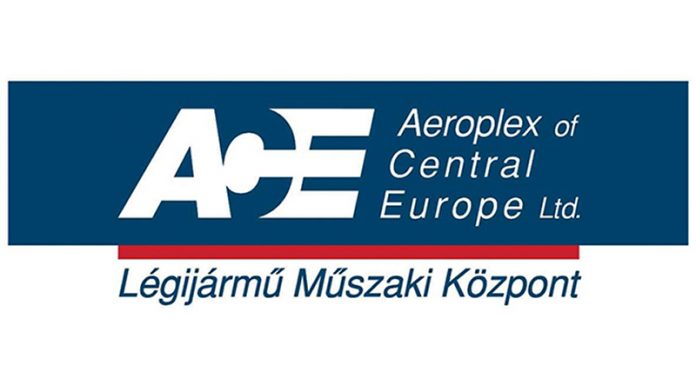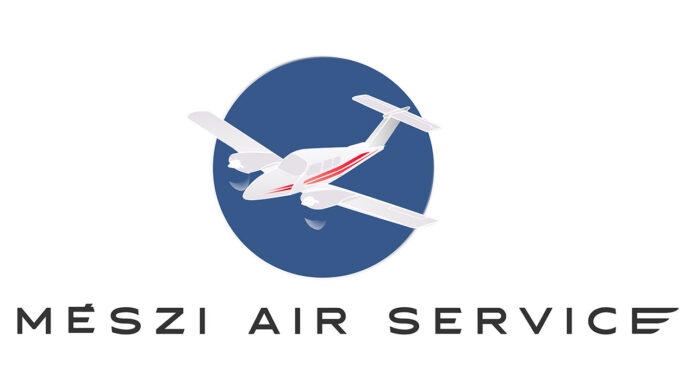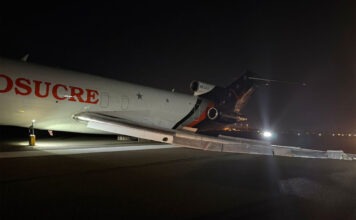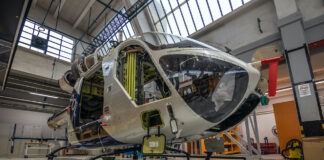Sikeresen teljesítette első tesztrepülését a sharkletekkel ellátott Airbus A320 típusú repülőgép. Az Airbus ezzel megkezdte a 2.5 méter magasra nyúló új szárnyvégek tesztelési programját. Az európai repülőgépgyár ígérete szerint az új szárnyvégekkel további 3.5%-kal csükkenthető az üzemanyagfogyasztás.
Mint arról az AIRportal.hu korábban beszámolt a múlt hét elején helyezték fel az Airbus gyár A320-as tesztrepülőgépére a sharkleteknek nevezett szárnyvégeket, hogy rövidesen kezdetét vehesse a repülőgép tesztprogramja. A sharkletek felszerelését követően új, cápaszájat illusztráló festést és szlogent is kapott az Airbus A320 típusú tesztrepülőgép.
A hivatalos tesztprogram a mai napon vette kezdetét, amikor a repülőgép először emelkedett a magasba a szárnyvégekre szerelt, az Airbus ígérete szerint 3.5%-os üzemanyagmegtakarítást elérni képes sharkletekkel. Az Airbus számításai szerint ezzel az üzemanyagmegtakarítással éves szinten, repülőgépenként mintegy 700 tonna szén-dioxid kibocsátást lehet megspórolni, amely ugyancsak fontos adat az egyre környezettudatosabb légitársaságok számára. A sharkletnek van egy másik előnyös tulajdonsága is, ugyanis az igen látványos, 2.5 méteres magasságuknak köszönhetően újabb reklámfelülettel gazdagodik a repülőgép.
Az Airbus új A320neo típuscsaládján alapfelszereltség lesz a sharklet, amely mintegy együttműködve az új generációs hajtóművekkel összesen 15%-os üzemanyagtakarékosságot produkál majd az európai repülőgépgyár ígéretei szerint.
Airbus has completed the first flight of the ‘Sharklet’ wing-tip devices on the company’s A320 development aircraft (MSN 001). This milestone marks the start of the early flight-test campaign to capture data for fine-tuning the flight laws, as well as for certification and performance validation.
Sharklets are around 2.5 metres tall and will replace the aircraft’s current wingtip fence. Offered as an option on new-build aircraft, Sharklets have been specially designed for the Airbus A320 Family to reduce fuel burn by up to an additional 3.5 percent, corresponding to an annual CO2 reduction of around 700 tonnes per aircraft. This reduction is equivalent to the CO2 produced by around 200 cars annually. The wingtip devices will also enhance the aircraft’s performance.
“The hunt is underway for Airbus to take another bite out of airlines’ fuel bills and CO2 emissions,” says Airbus’ Chief Operating Officer Customers, John Leahy. “With this start of Sharklet flight-testing today, actions speak louder than words as we take another definitive step towards greener aviation.”
A standard fit on the A320neo Family, which on its first anniversary after launch has attracted almost 1,500 orders and commitments from 26 customers, the Sharklets will contribute together with the new engines to 15 percent in fuel savings.
Airbus forecasts the world’s single-aisle airliner fleet to double to more than 23,000 aircraft by 2030, with an average annual fleet growth of 3.4 percent. This expansion will require around 19,200 new single-aisle aircraft deliveries for replacement and growth. Thanks to Airbus’ continuous product improvement investments of around 250 million euros annually in its single-aisle aircraft portfolio alone, the A320 Family is well positioned to capture a leading portion of this market.
Airbus is the world’s leading aircraft manufacturer offering the most modern and efficient passenger aircraft families from 100 to over 500 seats. Headquartered in Toulouse, France, Airbus is an EADS company.
Forrás: Airbus (2011. november 30.)














